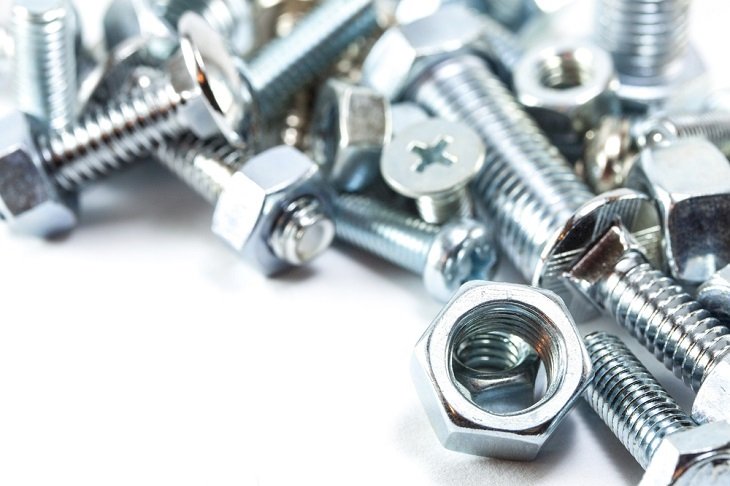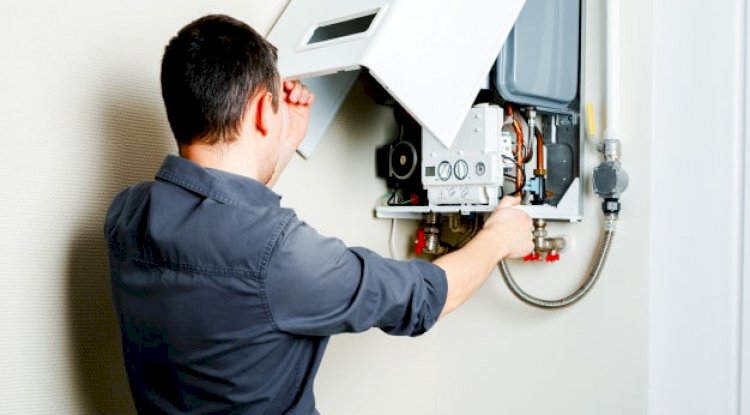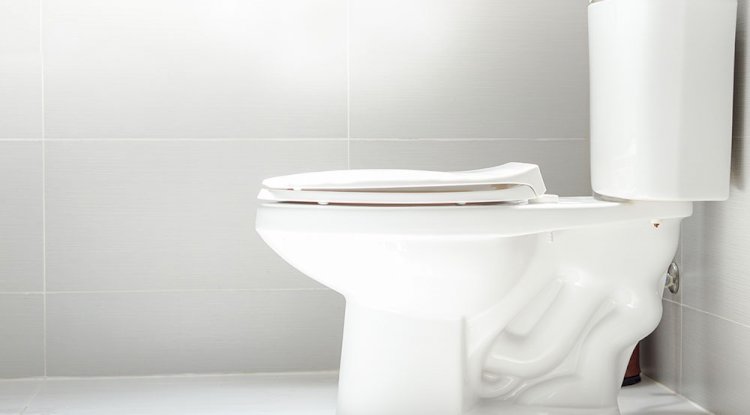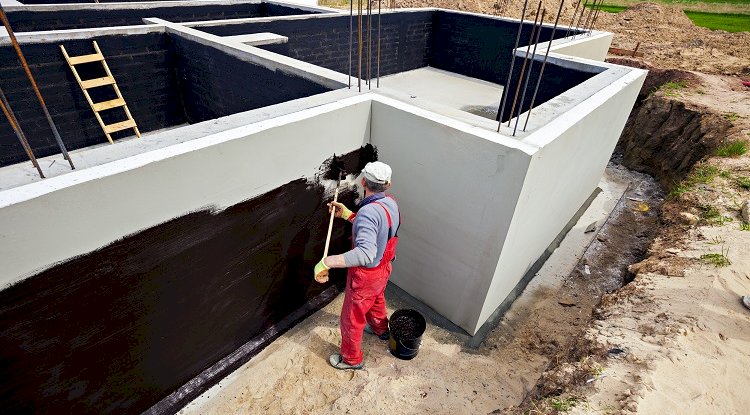Mistakes That You Must Avoid When You Use A Stainless-Steel Bolt
Stainless steel bolts are one of the most used fasteners because of its high stability, sturdiness and the heat and corrosion-resistant properties.

Stainless steel bolts are one of the most used fasteners because of their high stability, sturdiness and heat and corrosion-resistant properties. The stainless steel is available in three important grades that are austenitic, martensitic and duplex grade. The 300 series of stainless steel is the most common and is mostly used for sanitary applications. It is very easy to clean.
#6 Mistakes That You Should Avoid When You Use Stainless Steel Bolts:
The use of stainless-steel bolts is very popular because of their recyclable properties. They offer high resistance to heavy usage and posses' great load-bearing features. But, if they are not handled properly then it may lead to damage to the whole set up. Let's have a look at some of the common mistakes that you should avoid while using stainless steel bolts.

- Selecting The Wrong Grade: The most important thing to consider while using a stainless steel bolt is to check the steel grade. While 304 and 316 are the two important grades that provide good resistance to corrosion and heat as compared to other grades of steel. If you are in an environment that is highly susceptible to corrosion, then 316 stainless steel is one of the best fits because of the resistance it offers the metal oxidation.
- Contamination Of The Surface That Is Exposed: The part of the stainless steel that is highly exposed to the outside atmosphere is more vulnerable to get contaminated by the metallic dust, which then leads to the formation of surface rust thereby causing material decay in the inner side. Therefore, it is often recommended to cover that part at the time of operation. Even you can also use some coatings to protect the stainless steel parts.
- Galvanic Corrosion: This is corrosion that occurs when varied metals and alloys come in electrical contact to make a corrosive effect. It not only affects the stainless-steel bolts but also all metals that come in contact with the bolts. Therefore, you need to make a careful investigation to know if there is any possibility of galvanic corrosion and you can use nylon washers in this regard.
- Choosing Low Nickel Stainless Steel: It has already been proved that the stainless steel bolts of 200 series are deficient of chromium, along with high manganese percentage and low nickel. Such a composition is not much suitable to resist the rusting of the surface when compared to the corrosion-resistant features that are provided by the 316 stainless steel. So it is better to choose stainless steel bolts with 316 grades.
- Imperfect Cleaning: The longevity of stainless steel bolts depends on how nicely it is cleaned. If you often allow the contaminants to get settle down over it for a long period, it not only becomes very difficult to clean the bolts but it also becomes difficult to get back the original look of the bolt. It is always advised to expose the area to running water so that all dust particles are washed off and no damage is done.
- Bad Finishing Touch: When the stainless-steel bolts have a very rough and bad finishing, it leaves the space for dust particles to get collected and damage the protective layer of the chromium oxide, which offers the required resistant action against corrosion. If the finishing is smooth, it removes all chance of dust settling down and facilitates easy cleaning practices.
Thus, you must keep in mind three important things that are choosing the right grade, always keep the bolts lubricated and keep it clean if you want your bolts to last for a long period.
What's Your Reaction?

























